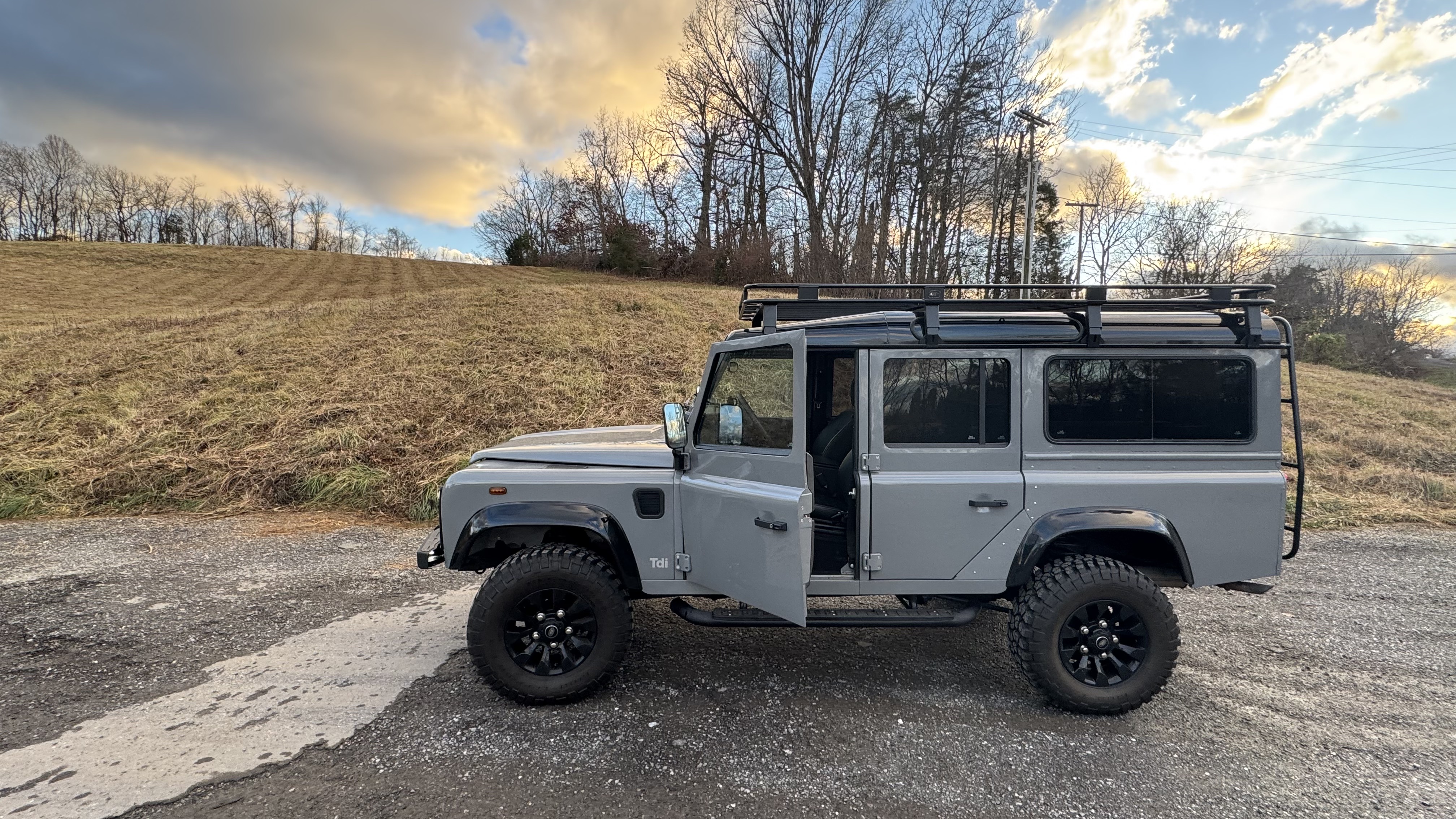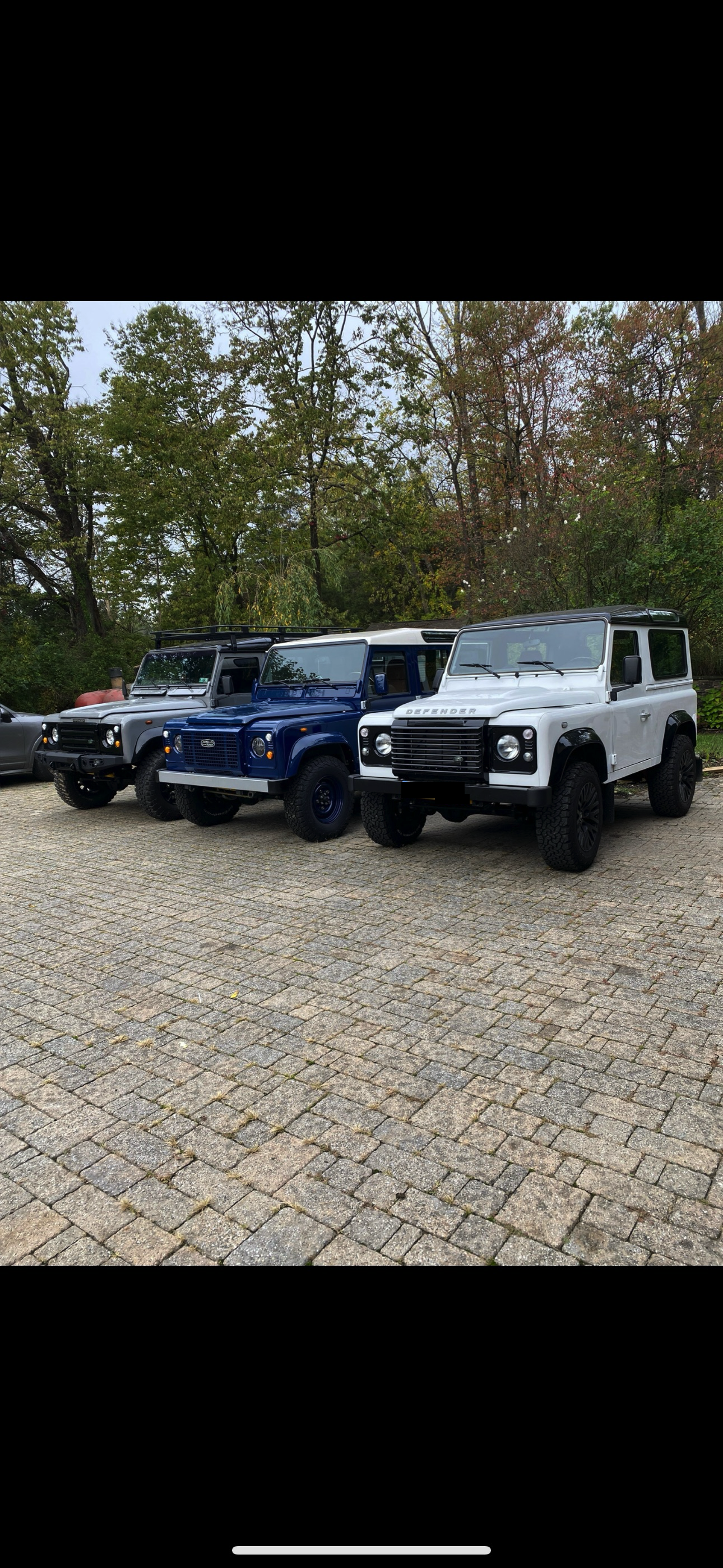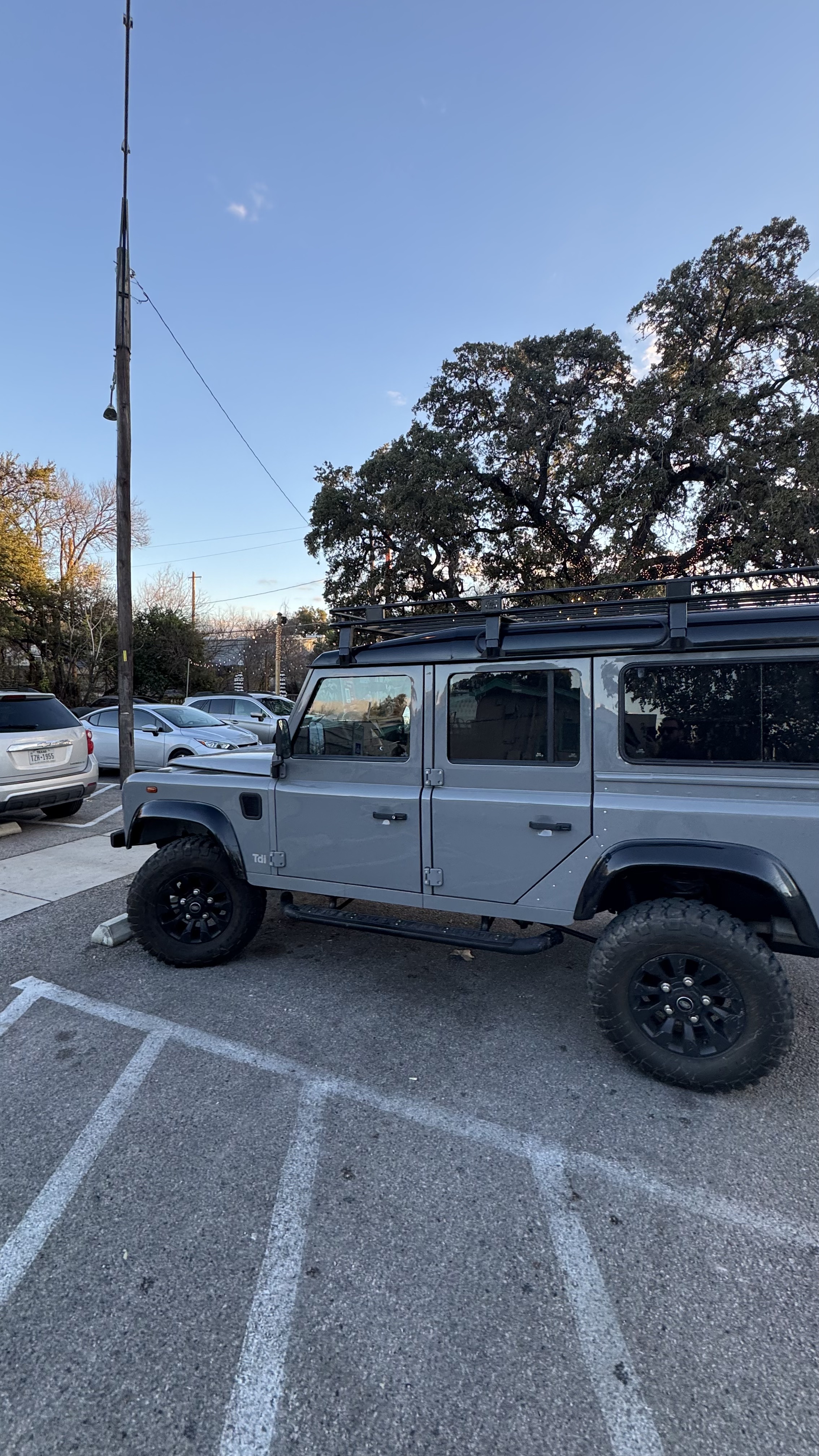1993 Land Rover Defender 110 TDi 200

A remarkable 1993 Land Rover Defender 110 TDi 200 with a rich cross-continental history. Originally commissioned in Barcelona, Spain, this classic Defender has traversed European mountains and American highways, ultimately finding its home in the heart of Texas.



Vehicle Specifications
- Model: Defender 110
- Year: 1993
- Engine: TDi 200 (Rebuilt in Austin, TX)
- Configuration: 5-speed manual
- Body Style: 110
Vehicle Journey
- Barcelona, Spain - Original birthplace and registration
- Andorra - Early adventures through the Pyrenees mountains
- Pennsylvania, USA - First US destination after import
- Tennessee, USA - Location of engine failure during transit
- Austin, Texas - Complete engine rebuild and revival
- Texas - Current home and daily driver
Current Status
- Rebuilt TDi 200 engine - Fully operational
- Added AC for the Texas heat
- Still Diesel and Still Manual
Land Rover Defender History
The Beginning
The Land Rover Defender is one of the most iconic off-road vehicles ever produced, with a rugged design that traces its roots back to the original Land Rover Series in 1948. It was built for durability, simplicity, and off-road capability, making it a favorite among farmers, explorers, and military forces worldwide.
Early History (1948–1983)
The original Land Rover debuted in 1948 as a utilitarian 4x4 inspired by the American Jeep. By 1958, it evolved into the Series II, then Series III in 1971, maintaining the same basic design but with incremental improvements. In 1983, the Land Rover 90 and 110 replaced the Series III, featuring coil-spring suspension for better comfort.
Defender Era (1990–2016)
In 1990, Land Rover rebranded the 90 and 110 as the Defender 90 and Defender 110 to differentiate them from the newly introduced Discovery. The Defender was widely used across the world, from African safaris to European farms, thanks to its mechanical simplicity, solid axles, and aluminum body.
U.S. Market Challenges
While the Defender was sold in the U.S. briefly in the 1990s, it was discontinued due to safety and emissions regulations. Land Rover imported the Defender 110 in 1993 (only 500 units) and the Defender 90 from 1994–1997. These U.S.-spec Defenders featured larger 5 mph bumpers, additional roll cages, and airbags to meet federal safety regulations.
By 1998, the U.S. required airbags and side-impact protection on all new passenger vehicles. The Defender's traditional body-on-frame design was too outdated to comply, so Land Rover chose to stop selling it rather than redesign it. Most Defenders used turbo-diesel engines that did not meet U.S. emissions standards set by the EPA and CARB.
The 25-Year Rule
Since the Defender was never modernized to meet U.S. laws, it remains illegal to import newer models—unless they are at least 25 years old. Under the U.S. "25-Year Rule" (NHTSA), any foreign vehicle that is 25+ years old is exempt from DOT safety and EPA emissions requirements. This means enthusiasts can import classic Defenders from Europe, Africa, or Australia as long as they are old enough, typically bringing in Defender 90s and 110s from the UK for restoration or modification.
Modern Revival (2020–Present)
In 2020, Land Rover relaunched the Defender with a completely new, modern design, compliant with U.S. regulations. Unlike the original, the new Defender is built on a unibody chassis, features independent suspension, and comes with high-tech driver assists. The new model is sold legally in the U.S., but lacks the old-school mechanical simplicity of the original.